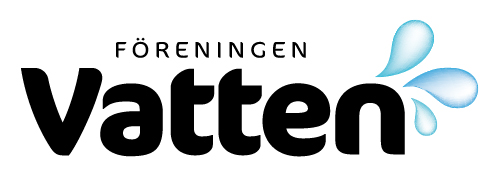The possibility to implement artificial recharge at Kristianstadsslätten in south of Sweden / Möjligheter med konstgjord grundvattenbildning i Kristianstadsslätten i södra Sverige
The Kristianstadsslätten plain is located in south of Sweden and holds one of the largest aquifers in the country. Kristianstadsslätten has been of greatest importance for groundwater abstraction and an ever-increasing desire to intensify the groundwater abstraction exists. The aim of this paper is to determine if it is possible to implement artificial recharge at […]
Water pinch analysis – a review of recent journal publications / Vatten-pinch analys – en översyn av de senaste publikationerna
As the population of the world increases, the demand for resources of different types will also grow. Water is one such resource. Pinch analysis, as a technique to optimise the utilisation of resources, had its origin in heat recovery and thereby the optimisation of fuel usage in the 1970s during the oil crisis. Since then, […]
Markbaserad rening – en studie av funktion i fält / Soil-based wastewater treatment – a field study
Soil-based wastewater treatment, i.e. septic tanks followed by an infiltration or a sandfilter bed is the most common solution for small scale wastewater treatment in Sweden. In this project four students have surveyed 217 households in a field study. Grab samples have been taken on both suspended solids from the septic tank and on the […]
Multikriterieanalysverktyg vid bedömning av framtida dricksvattenförsörjning / Multi-criteria analysis-tool for assessing future drinking water supply
In this work, a multi-criteria analysis (MCA) method has been developed for evaluation and comparison of alternative drinking water strategies. A selection process of options was proposed and three options for weighting purpose were compared. The work includes an introductory literature study for identification of criteria and indicators (K o I) used during assessment of […]
Varför etableras en forskningsstation vid Bolmen? / Why establish a research station at lake Bolmen?
The article presents the initiative behind the Bolmen Research Station in Hylte Municipality, South Sweden, which was initiated in 2017, enabling site-based research, development and innovation on lakes and lake-based activities starting at Lake Bolmen. This lake is the main raw water resource for Skåne. Since 1987, the company Sydvatten has taken raw water from […]
Recovery of different types of resources from wastewater – a structured review / Återvinning av olika typer av resurser från avloppsvatten – en litteratursammanställning
As the population of the world increases, and economies continue to develop, energy, water, materials of different types, and nutrients for food production will be needed in ever-increasing amounts. The water-energy nexus is well-understood in research circles, but one could modify this paradigm to water-nutrients/materials-energy nexus in order to incorporate recovery of substances that can […]
En flödesanalys för Kävlingeån – HEC-RAS modellering med fokus på dämmens inverkan / An analysis of the Kävlinge River flow situation – HEC-RAS modeling with focus on the effects of weirs
Kävlinge River is one of the largest, and most heavily fish-populated, watercourses in Scania. Eight dams and three active hydroelectric plants are located here, which cause environmental problems; organisms are prevented migration, reproduction and feeding being the biggest issues. Trout and eel, which depend on river accessibility and spawning areas, inhabits the river. This study […]
Wastewater treatment plants as energy-producers: Comparison of the status in India and Sweden / Avloppsreningsverk som energiproducenter: Jämförelse av status i Indien och Sverige
As the population of the world rises and economies grow, both energy and water will be needed in ever-increasing quantities. There is a delicate balance between these two resources called the energy-water (or the water-energy) nexus. One way to reduce the energy consumption associated with wastewater treatment is to use the sludge produced during the […]
Kan det finnas cyanotoxiner i dricksvatten? / Are there cyanotoxins in the drinking water?
This study aims to preliminarily evaluate changes in the risk of cyanobacterial blooms in a eutrophic lake, Lake Vombsjön, in the southern Sweden and test the role of nutrients (phosphorus and nitrogen) in algae formation. Surface water such as lakes service great importance for drinking water supply, such as half of the drinking water in […]
